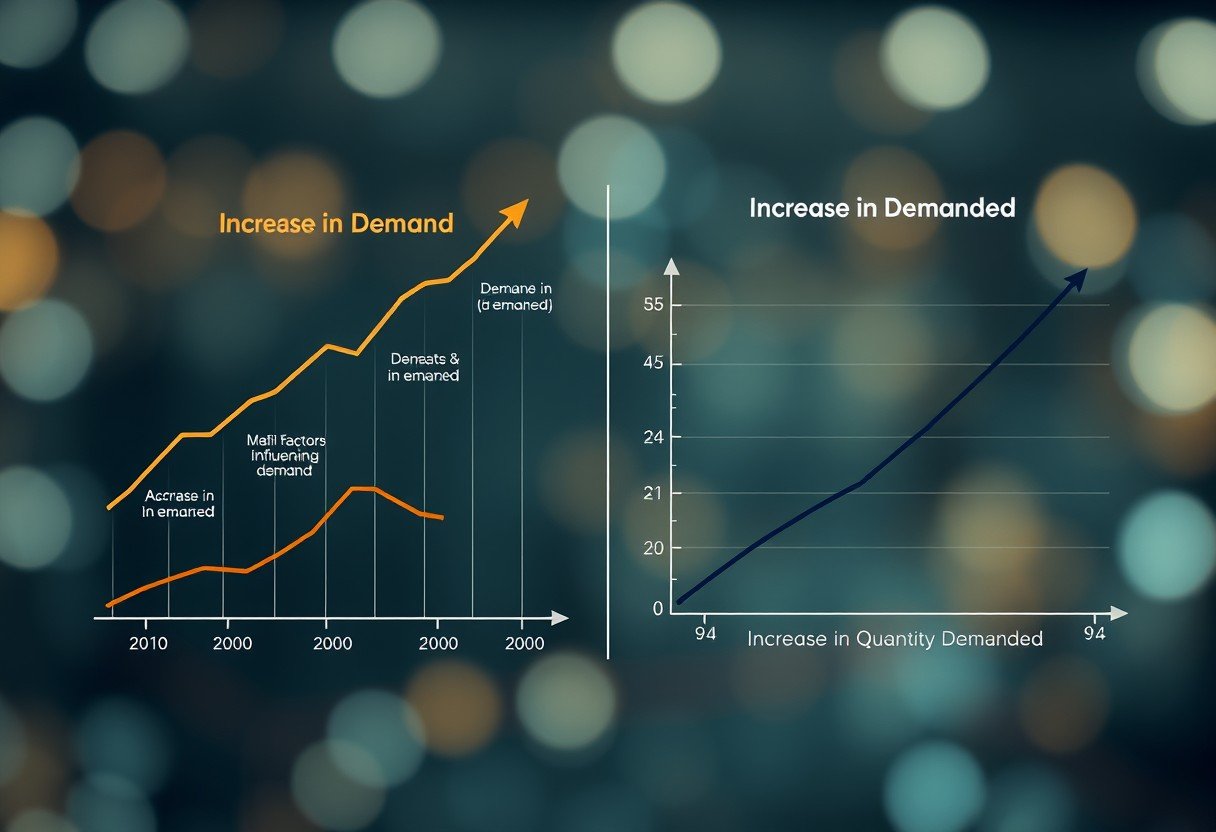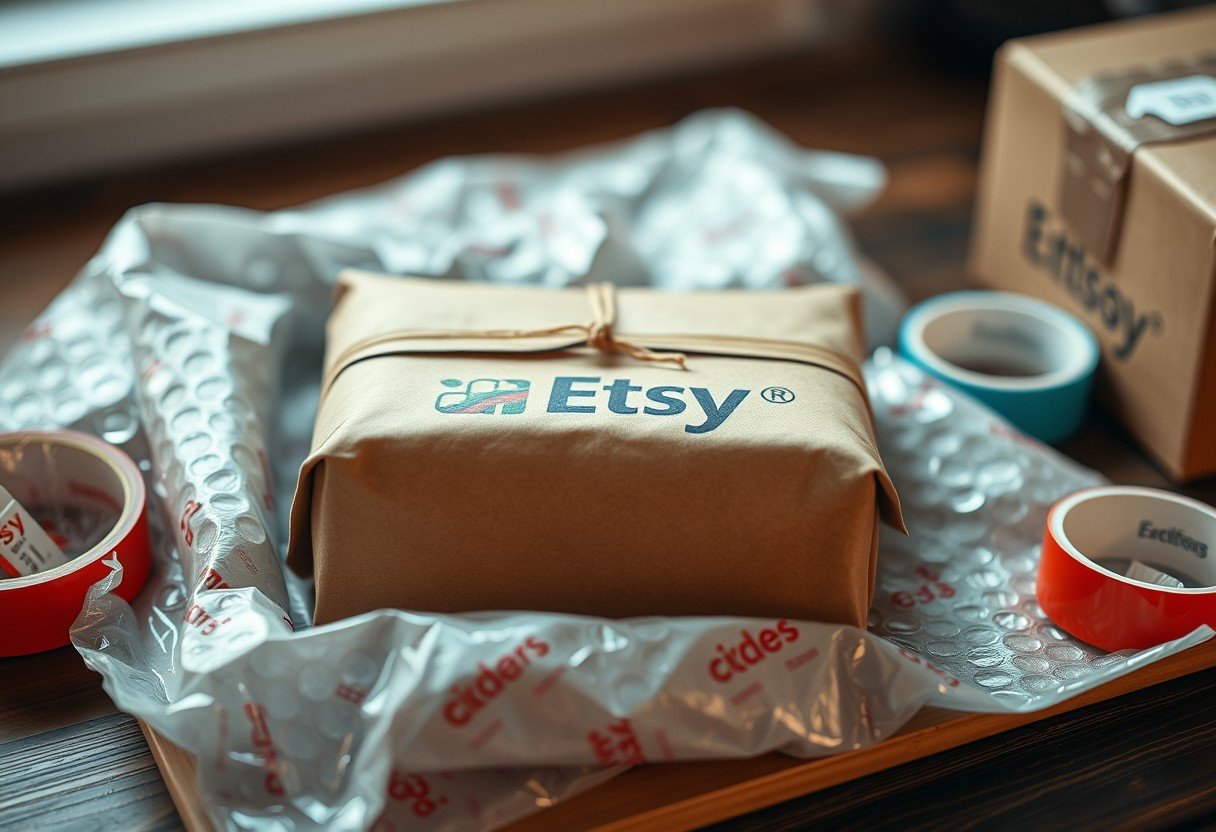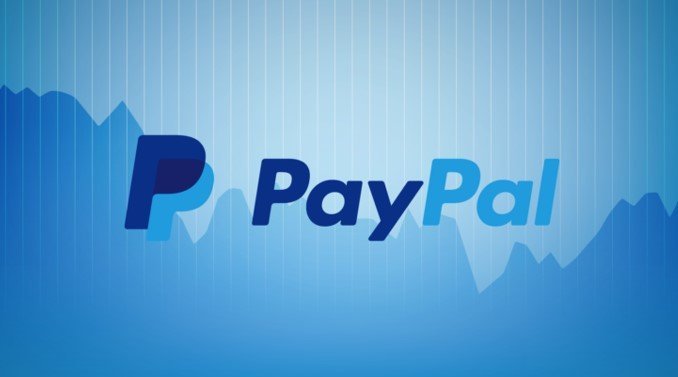Encountering a payment error message is a common frustration for online shoppers. This usually means a seller has a temporary problem with their account or payment processor. It doesn’t mean your order is lost. This guide explains why this happens and provides simple, direct steps you can take to contact the seller, resolve the issue, and successfully complete your purchase without unnecessary delays. Following these steps will help you navigate the problem and get the products you want.
Why You Might See This Payment Error
When a marketplace shows that a seller can’t accept payments, it can be confusing. The problem isn’t always what it seems, and it can stem from several different sources. Understanding the common causes can help you figure out the best way to move forward.
The issue often lies with the seller’s account. Their account might be temporarily suspended, under review, or they may not have completed a required verification step with the marketplace or their payment processor. These are common security measures that can temporarily halt transactions.
However, the problem isn’t always on the seller’s end. It’s also possible there’s an issue with your own payment method. An expired credit card, insufficient funds, or a billing address mismatch can trigger a payment failure. Sometimes, it’s simply a temporary technical glitch with the platform’s payment gateway that affects specific transactions.
Your First Steps to Resolve the Issue
Seeing a payment error can be alarming, but there’s no need to panic. The first thing to do is take a moment to assess the situation calmly. Most of the time, these issues are temporary and can be fixed with a few simple actions.
Before contacting anyone, double-check the information you provided. A small typo in your credit card number or a mistake in the expiration date is a very common reason for payment failure. Also, confirm that your billing address is up-to-date and matches the address on file with your bank or credit card company.
Next, review your order history or any notifications from the marketplace. Often, the platform will provide more specific details about which seller is affected and why. Taking note of this information will be very helpful when you reach out for support.
How to Contact the Seller Effectively
Direct communication is the fastest way to solve the problem. Sellers are usually eager to resolve payment issues so they can complete the sale. You can typically find a “Contact Seller” or “Ask a question” link on the product listing page or within your order details.
When you write your message, be clear, polite, and provide all the necessary details to help them identify the problem quickly. Vague messages like “it’s not working” can lead to delays.
Providing specific information helps the seller diagnose the problem much faster. Be sure to include the following in your message:
- Your order number or transaction ID.
- The exact error message you received.
- The payment method you were trying to use.
This allows the seller to check their system for your specific transaction and give you an accurate update. They might be unaware of the issue, and your message could be the alert they need to fix it.
What to Do if the Seller Is Unresponsive
After contacting the seller, it’s reasonable to give them at least 24 to 48 hours to respond. Many sellers are small businesses and may not be available to reply instantly. Patience is key during this step.
If you don’t hear back within that timeframe, your next step should be to contact the marketplace’s customer support team. They have tools and access to see what’s happening with the seller’s account and can often act as a mediator. Be prepared to provide them with your order number and explain the steps you’ve already taken.
In a situation where the seller is unresponsive and the marketplace support can’t resolve the issue promptly, you may need to consider canceling the order. Most platforms allow you to cancel if an order cannot be processed due to payment issues, letting you purchase the item from a different seller.
Exploring Alternative Payment Methods
If the problem persists, the issue might be tied to the specific payment method you’re trying to use. Sometimes, switching to a different option is a quick and easy solution. Exploring alternatives can help you complete your purchase without waiting for the seller to resolve their internal issues.
Digital wallets like PayPal, Google Pay, or Apple Pay are excellent alternatives. They often have their own verification systems, which can sometimes bypass issues that occur with direct credit card processing. These services also add an extra layer of security, as you don’t have to enter your card details directly on the site.
Before trying a new method, it’s helpful to understand the benefits and potential drawbacks.
| Pros of Alternative Methods | Cons of Alternative Methods |
|---|---|
| Faster and more convenient checkout | Not all sellers accept every type |
| Enhanced security features | May require setting up a new account |
| Good transaction tracking and records | Some services may have transaction fees |
Tips to Avoid Future Payment Problems
While you can’t control a seller’s account status, you can take a few preventative steps to minimize the chances of payment issues on your end. Being proactive can lead to a smoother shopping experience overall.
Regularly check the payment methods saved in your online shopping accounts. It’s easy to forget about an expired credit card or an old billing address. Take a few minutes every few months to review your saved information on your favorite sites to ensure everything is current.
Consider using a dedicated payment method for online shopping. This could be a specific credit card with a low limit or a digital wallet. This not only makes tracking your online spending easier but can also limit your exposure if any security issues arise. By staying organized and informed, you can prevent most common payment hurdles before they even happen.
Frequently Asked Questions
What does the message ‘One or More Sellers Can’t Accept Payments’ really mean?
This message means there is a temporary problem preventing a seller from processing your payment. It is usually related to the seller’s account, such as a verification issue or a problem with their payment processor, and not an issue with your ability to pay.
How can I find the seller’s contact information?
You can usually contact the seller directly through the marketplace’s messaging system. Look for a “Contact Seller” or “Ask a question” button on the product page or in your order history section of your account.
Will my order be automatically canceled if the seller can’t accept payment?
No, your order will typically be put on hold, not canceled immediately. If the issue isn’t resolved by the seller in a reasonable time, you or the marketplace may then have the option to cancel the order.
Could the payment problem be on my end?
Yes, it’s possible. Before contacting the seller, always double-check that your credit card has not expired, you have sufficient funds, and your billing information is entered correctly and matches what your bank has on file.
What should I do if I can’t resolve the issue with the seller?
If the seller is unresponsive or unable to help, you should escalate the problem to the marketplace’s customer support team. They can investigate the issue further, facilitate communication, or help you with next steps like canceling the order.








Leave a Comment